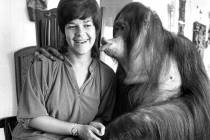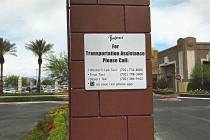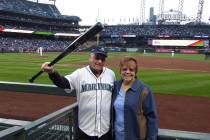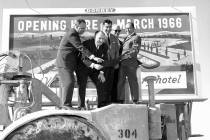Mob Museum panel reveals new story

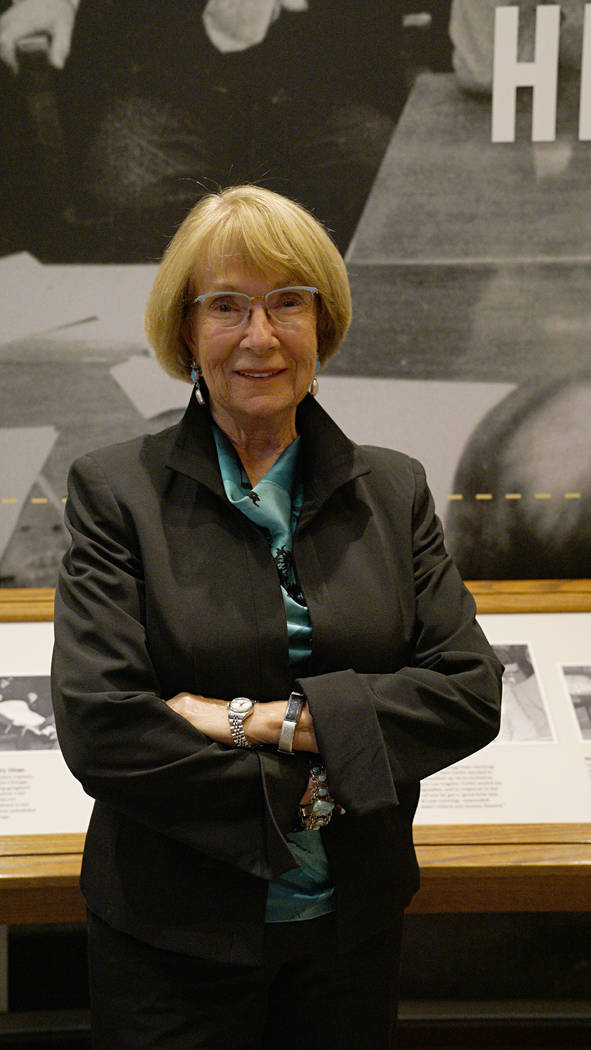
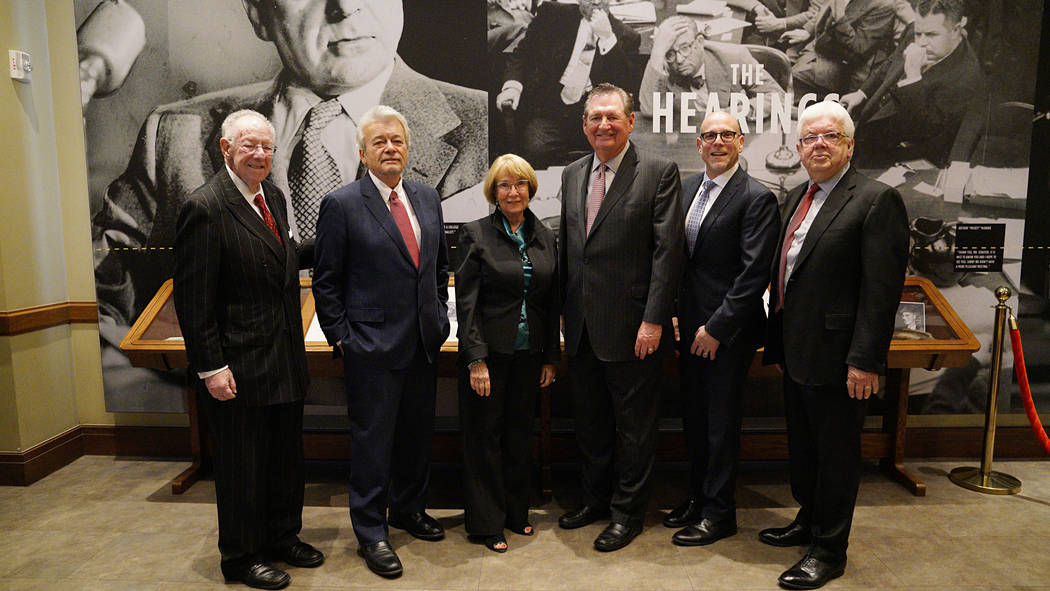
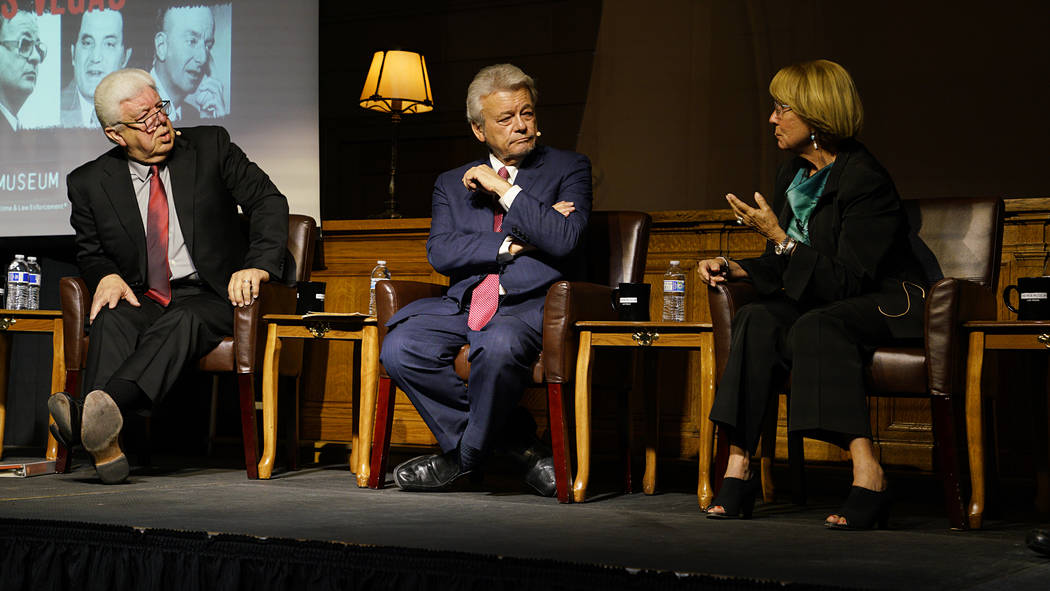
The stories about the mob and the media were amusing and riveting at a recent Mob Museum panel, but I’d heard most of them, covered them or lived them.
Except for this one.
Former newswoman Linda Faiss revealed that she had been a conduit between gaming regulator Dennis Gomes and newsman Ned Day back in the ’70s, helping Day nab scoops that enhanced his reputation.
She knew Gomes, the chief of the Gaming Control Board’s Audit Division, who headed investigations into organized crime in Las Vegas casinos. He became frustrated with the inaction of the state gaming regulators and local police, and he decided that leaking information to Day might prod the state to take action. He also shared information he gathered with the FBI — again, out of frustration.
She’d meet Gomes in a private office — someplace no one could see them — and he’d tell her things.
“I’d go to the newsroom and tell Ned, and he’d contact his sources,” she said at the Mob Museum’s April 4 event, “The Mob and the Media.”
Between 1977 and 1983, Faiss was city editor of the Valley Times and had young children. “I didn’t want my name on them,” she said, referring to Day’s stories, which once sparked the torching of his car.
After leaving the Valley Times, she worked at various PR and advertising jobs before starting her own PR and government affairs company in 1998.
I interviewed the president of Faiss Foley Warren Public Relations and Government Affairs after the event and asked why she revealed her own role now after she had kept it quiet for decades.
“Who can get me now?” she answered.
Most of the bad guys are dead, as well as the good guys, including Day and Gomes.
Gomes reached out to her because they were social friends. She knew his brother Steve, who introduced her to Dennis.
She had about three meetings with Gomes in about 1977, but Faiss doesn’t remember all the information he shared. “A few times, he would call and ask me to meet him in a safe place,” she recalled. “I was honored he would trust me with that information.”
One meeting was in a back room with no windows inside a bank building, she recalled.
One meeting focused on Jay Vandermark, a suspected slot cheat believed to be involved in a slot skim at the Stardust Hotel and now presumed dead.
In Gomes’ book “Hit Me!,” finished by his daughter after he died, Gomes never once mentioned Day or Faiss by name. But why would he?
Sadly, Faiss didn’t keep a journal. “It all kind of runs together for me. I never think about the future or the past. I think about the here and now.”
The newspaper’s publisher was Bob Brown, who had his sources within the highest echelon in Las Vegas, while “Ned got it from down low,” she said, referring to the bars and strip joints he haunted. “It was a fun ensemble and a journalistic experience I wouldn’t trade for anything.”
The other media panelists included Bob Stoldal and George Knapp. Law enforcement was represented by then-District Attorney Bob Miller. Mob lawyer Oscar Goodman served as media critic.
The Mob Museum puts these panels on its website at http://themobmuseum.org/case-files/digital-experiences/, along with other programs you might have missed.
This one is worth watching by anyone interested in the era of Frank Rosenthal and Anthony Spilotro, the two Goodman clients chronicled in Martin Scorsese’s movie “Casino.”
Faiss had strong opinions about Rosenthal, who wrote a gaming column for the Valley Times. “I thought he was ridiculous,” she recalled. “He was a foolish man who didn’t understand how other people perceived him. He had no skills as an entertainment director and was embarrassing for Las Vegas,” she said.
“He was a caricature of a wise guy.”
And a government snitch, as I revealed shortly after he died.
Jane Ann Morrison’s column runs Thursdays. Leave messages for her at 702-383-0275 or email jane@reviewjournal.com. Follow @janeannmorrison on Twitter.



